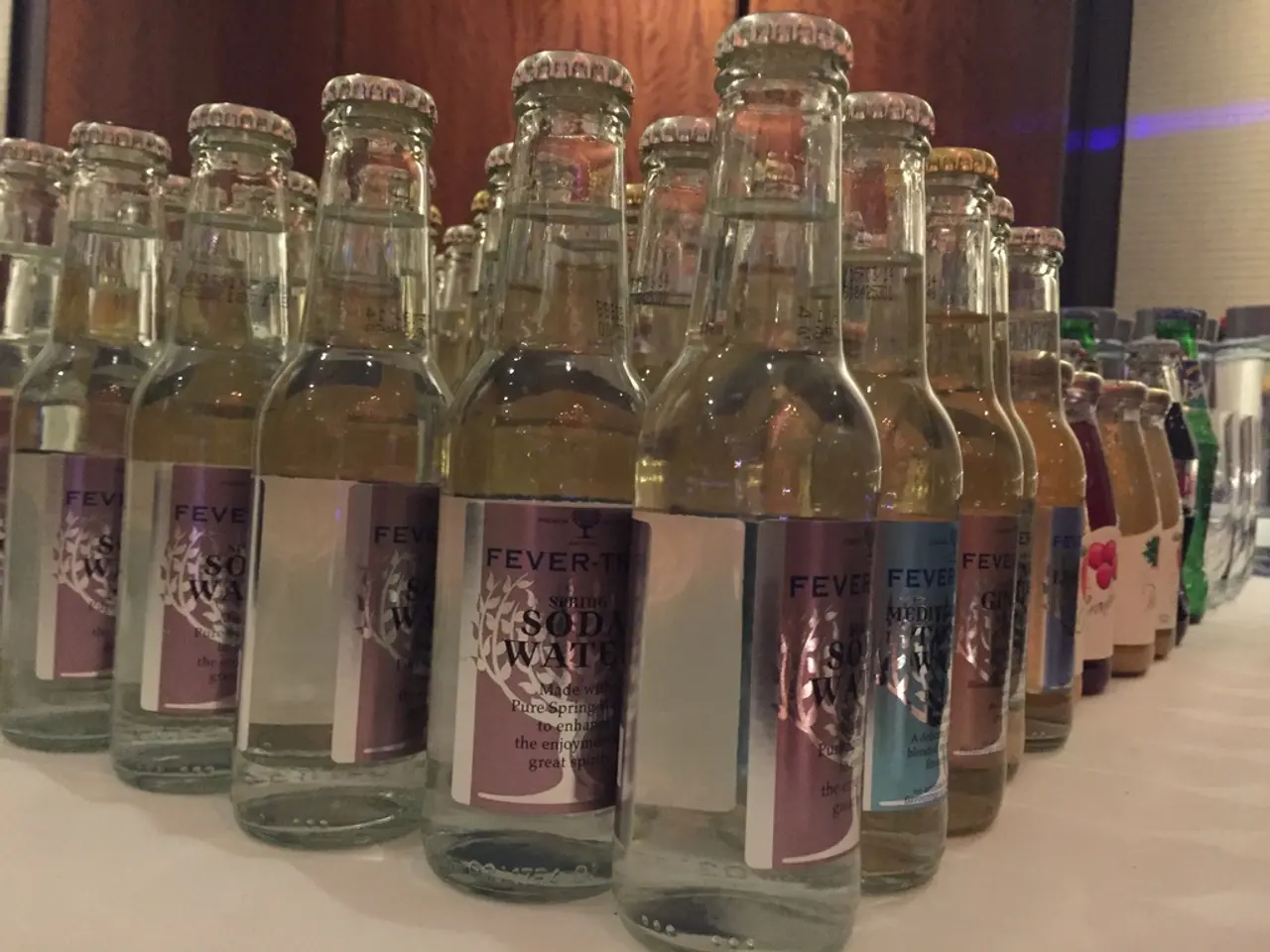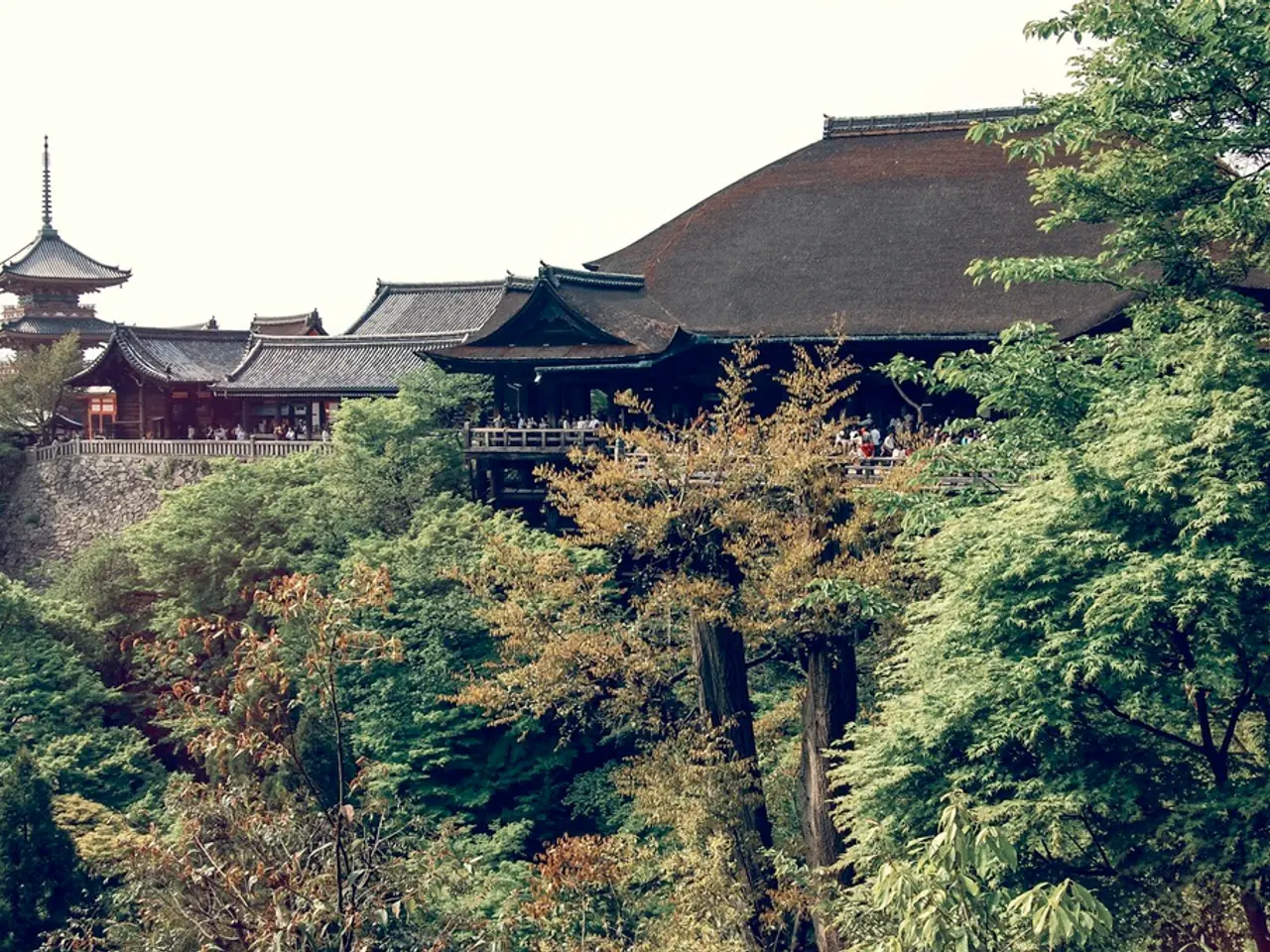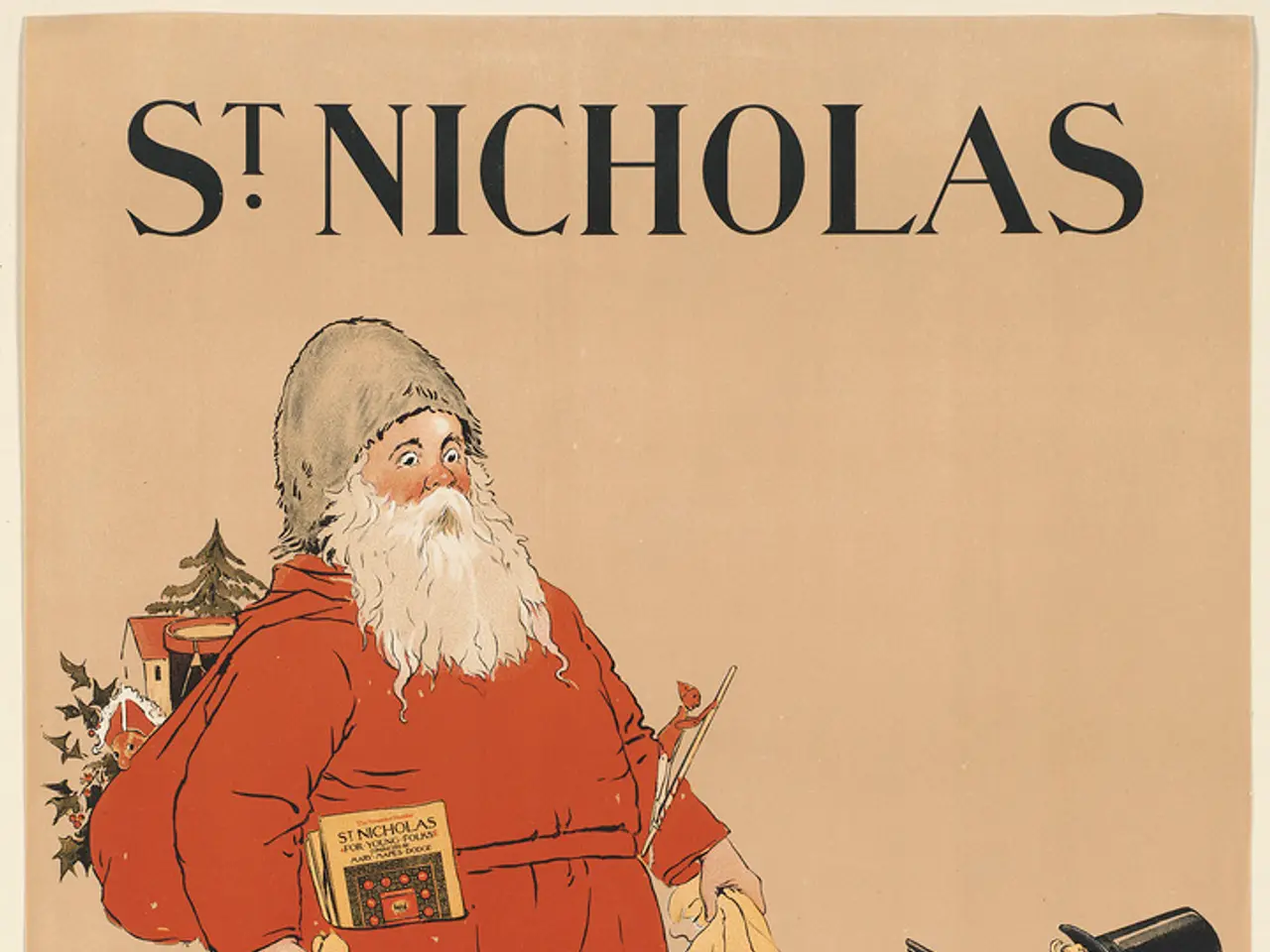Growth Rate of Ionic Exchange Liquid Nuclear Waste Treatment Market Hits 12.3% by 2034
The global Ionic Exchange-Based Liquid Nuclear Waste Treatment Market is on an upward trajectory, projected to grow from approximately USD 1.6 billion in recent years to around USD 5.1 billion by 2034 [1]. This substantial growth implies a compound annual growth rate (CAGR) in the range of around 10-12% [4].
This market growth is primarily driven by the increasing demand for efficient and safe radioactive waste management, a trend that is particularly evident in the nuclear energy sector. Companies are investing heavily in advanced materials and automated systems to improve efficiency [2].
Pressurized Water Reactors (PWRs) currently hold a dominant 56.6% share of this market [3][5]. Notably, Inorganic Natural Ion Exchangers lead the market, capturing a 38.3% share in 2024, due to their high selectivity for radioactive ions such as cesium and strontium in low- and intermediate-level liquid waste [6].
In 2024, North America accounted for 38.5% of the global market, valued at approximately USD 0.6 billion [7]. The region has been leading the market, with the United States being a significant contributor.
The market's growth significantly impacts the global economy by fostering job creation in nuclear waste management, engineering, and technology development [8]. It also supports sustainable energy production, aligning with global clean energy goals and creating economic resilience through specialized industries [9].
Companies like Augean in the UK, AVAN Tech, Orano (formerly Areva), Chase Environmental, and Bechtel are key players in this market, offering solutions for various aspects of ion-exchange-based nuclear waste treatment [10][11][12][13][14]. For instance, Bechtel has integrated ion-exchange systems into large-scale nuclear waste treatment projects, such as the Hanford Site's Waste Treatment Plant.
Orano (formerly Areva) has advanced selective ion-exchange resins for nuclear waste treatment, particularly for cesium and strontium removal [15]. AVAN Tech focuses on novel ion-exchange materials, including nanostructured resins for high-efficiency nuclear waste treatment [2].
By 2025, demand for low-level waste treatment is expected to remain robust [16]. Businesses should invest in R&D to develop advanced, cost-effective ion exchange resins with higher selectivity and durability to meet this demand and capitalize on the market's growth potential.
In conclusion, the Ionic Exchange-Based Liquid Nuclear Waste Treatment Market is poised for significant growth, with a projected market size of USD 5.1 billion by 2034. The market's growth is driven by various factors, including the increasing demand for efficient radioactive waste management, advancements in technology, and government regulations promoting cleaner energy solutions.
- The growth of the Ionic Exchange-Based Liquid Nuclear Waste Treatment Market, expected to reach USD 5.1 billion by 2034, also contributes to the general news about technological advancements and sustainable development.
- In the realm of medical-conditions, efficient radioactive waste management in the nuclear energy sector, which is driving the market's growth, can potentially reduce health risks associated with improper radioactive waste handling.
- The Ionic Exchange-Based Liquid Nuclear Waste Treatment Market's growth, resulting in a compound annual growth rate of around 10-12%, is a significant aspect of business and finance, generating jobs and fostering economic resilience through specialized industries.
- In the education-and-self-development sphere, learning about the Ionic Exchange-Based Liquid Nuclear Waste Treatment Market can provide insights into the latest advancements in science and technology, particularly in the field of radiation control and environmental protection.




